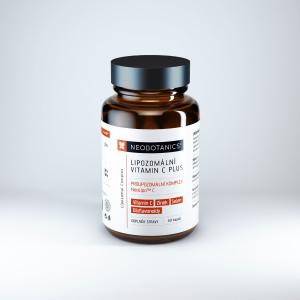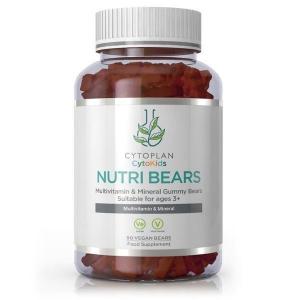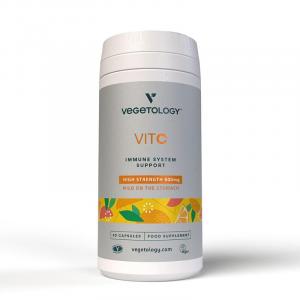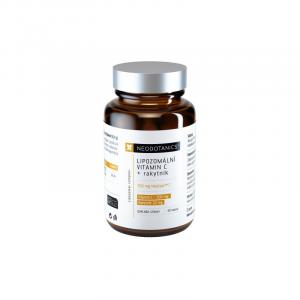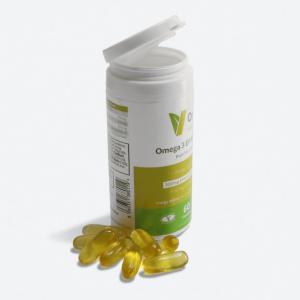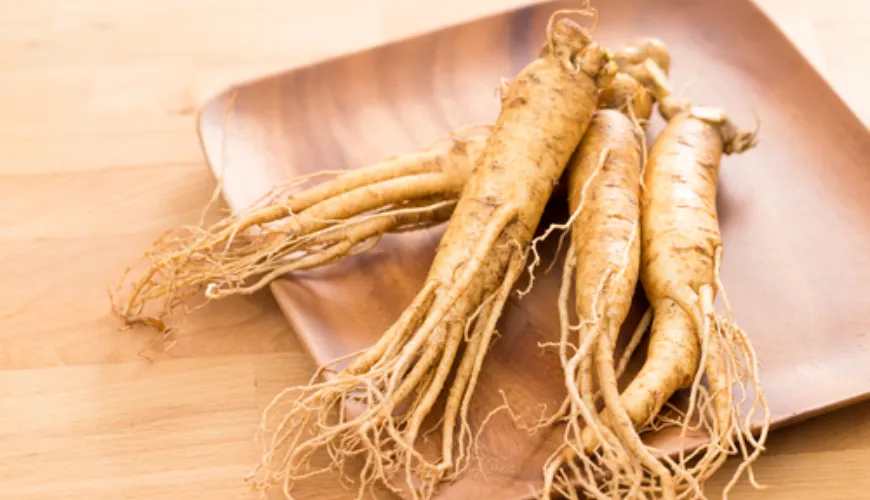
How to Prepare Fermented Radishes Easily and Quickly
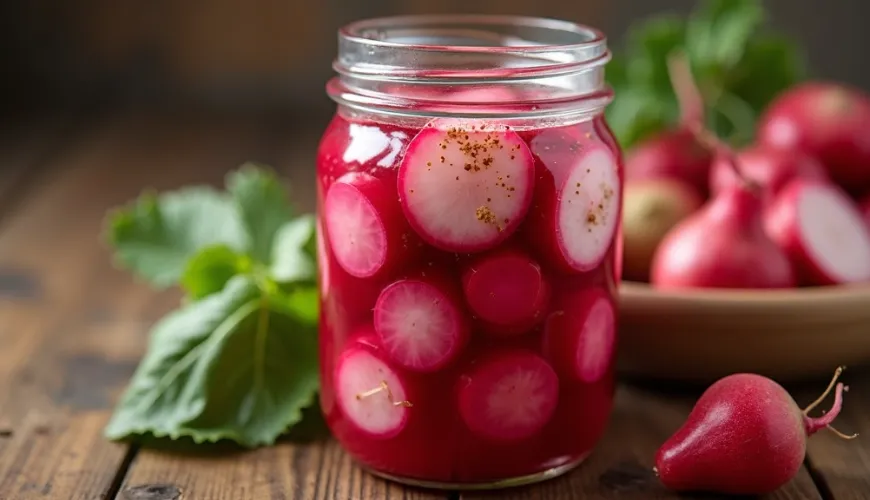
Fermented Radishes - A Healthy Treat Worth a Spot in Your Fridge
When you hear fermentation, many people think of sauerkraut, kefir, or kimchi. But what about fermented radishes? You might be surprised that this unassuming root vegetable offers not only a surprisingly mild and refreshing taste when fermented but also a range of health benefits. In a time when more people are turning to healthier and more natural eating, homemade fermented foods are gaining attention. And radishes, with their distinct flavor and quick fermentation, prove to be an ideal choice for beginners and experts alike.
Fermented foods are not a trend of recent years. They have been with us since time immemorial. Traditionally, they served as a method of preserving food without the use of chemicals, but today we also value them for their effects on the gut microbiome, digestive support, and overall immune strengthening. Radishes, in this regard, offer more than one might expect.
What Makes Fermented Radishes Special?
Radishes are rich in vitamin C, potassium, and antioxidants, supporting liver function, helping regulate blood pressure, and having anti-inflammatory effects. During fermentation, their nutritional value is multiplied – probiotics are created, mineral availability increases, and due to the breakdown of sugars, they become more digestible. The resulting taste is spicy, mildly sour, and often reminiscent of Asian treats.
Try our natural products
While fresh radishes have a sharper taste, fermentation mellows their pungency, but it doesn't disappear – instead, they gain depth. Combined with garlic, ginger, or even chili, they can taste like an exotic salad and pair excellently not only with bread but also with warm dishes.
One reason people have come to love fermented radishes is also their easy preparation. Unlike cabbage or cucumbers, they ferment very quickly – often ready in just three to five days. And you don't need any special equipment. Just a jar, salt, and a little patience.
How to Ferment Radishes at Home? A Simple Step-by-Step Recipe
The key to successful fermentation is cleanliness – not only of the ingredients but also of the utensils. If you want the fermentation to succeed and not develop mold, it’s essential to work carefully. The good news is that the recipe for fermented radishes is easy and can be made by anyone.
What you’ll need:
- about 2 bunches of fresh radishes
- 2–3 cloves of garlic (optional)
- 1 tablespoon of salt (preferably Himalayan or sea, non-iodized)
- 500 ml of boiled and cooled water
- spices to taste (e.g., mustard seeds, pepper, ginger, chili)
- a clean jar with a lid (ideally 0.7 to 1 liter)
Procedure:
- Wash the radishes well and slice them into rounds or half-moons – whichever you prefer. If the skin is clean, peeling is unnecessary.
- Prepare a saline solution – dissolve a tablespoon of salt in half a liter of water until fully dissolved.
- In the jar, layer the radishes with any spices and garlic. Pour the saline solution to ensure everything is submerged. If the radishes float, weigh them down with a clean stone or small jar.
- Close the jar, but not completely tight – fermentation releases gases, and the lid needs to "breathe."
- Let it stand at room temperature (ideally between 18–22°C) for about 3–5 days. Check daily – if foam forms, it's not a problem, but remove any impurities with a spoon.
- Once the taste suits you, close the jar tightly and store it in the fridge – this stops the fermentation.
The radishes will retain their freshness and last in the fridge for several weeks. And if you want to improve the process further, you can try fermentation in vacuum.
Fermented Radishes in Vacuum - A Modern Twist on an Old Technique
Vacuum fermentation has become a popular method in recent years not only among culinary enthusiasts but also in professional kitchens. The principle is simple – thanks to the vacuum-sealed environment, foods ferment more evenly, quickly, and without the risk of undesirable microorganisms.
At home, vacuuming can be done using a vacuum sealer and special bags. Radishes are prepared just like in classic fermentation, but instead of a jar, they are placed in a bag along with the brine and spices. The bag is then vacuum sealed. The resulting texture is firmer, and the flavor even more concentrated.
Vacuum fermentation also has the advantage of taking up less space in the fridge and minimizing odors, which some people find problematic with fermenting foods. It's an ideal solution for those who want to enjoy fermentation without compromises.
Why Will You Love Fermented Radishes?
Besides health benefits and easy preparation, fermented radishes have another great advantage – they are incredibly versatile. You can add them to sandwiches, salads, with roasted vegetables, or just serve them for dinner. They also work great as an alternative to pickled cucumbers or as part of an antipasti platter.
Interestingly, in South Korea, fermented radishes are a common part of everyday meals. They are part of traditional kimchi or served separately as "danmuji" – yellow-colored radishes pickled with turmeric, popular in sushi rolls. Even in Czech conditions, with a bit of creativity, they can be prepared to please everyone.
Let's recall the example of Mrs. Jana from Brno, who started fermenting due to digestive issues. "I tried everything possible, but it was fermented foods that truly helped me," she says. Today, she always has several jars in the fridge, and fermented radishes have become her evening snack. "It's quick, healthy, and even the kids like it," she adds with a laugh.
And that's what's most interesting about fermented radishes – they are simple, healthy, and tasty at the same time. In an era where we are looking for ways to live sustainably and with respect for our health, such a small jar of fermented vegetables can become a surprisingly important part of daily life.
As the well-known doctor and healthy lifestyle advocate Michael Greger says: "We are not what we eat, but what we absorb." And fermented foods help us absorb essential nutrients more efficiently – and radishes bring a bit of joy along the way.
